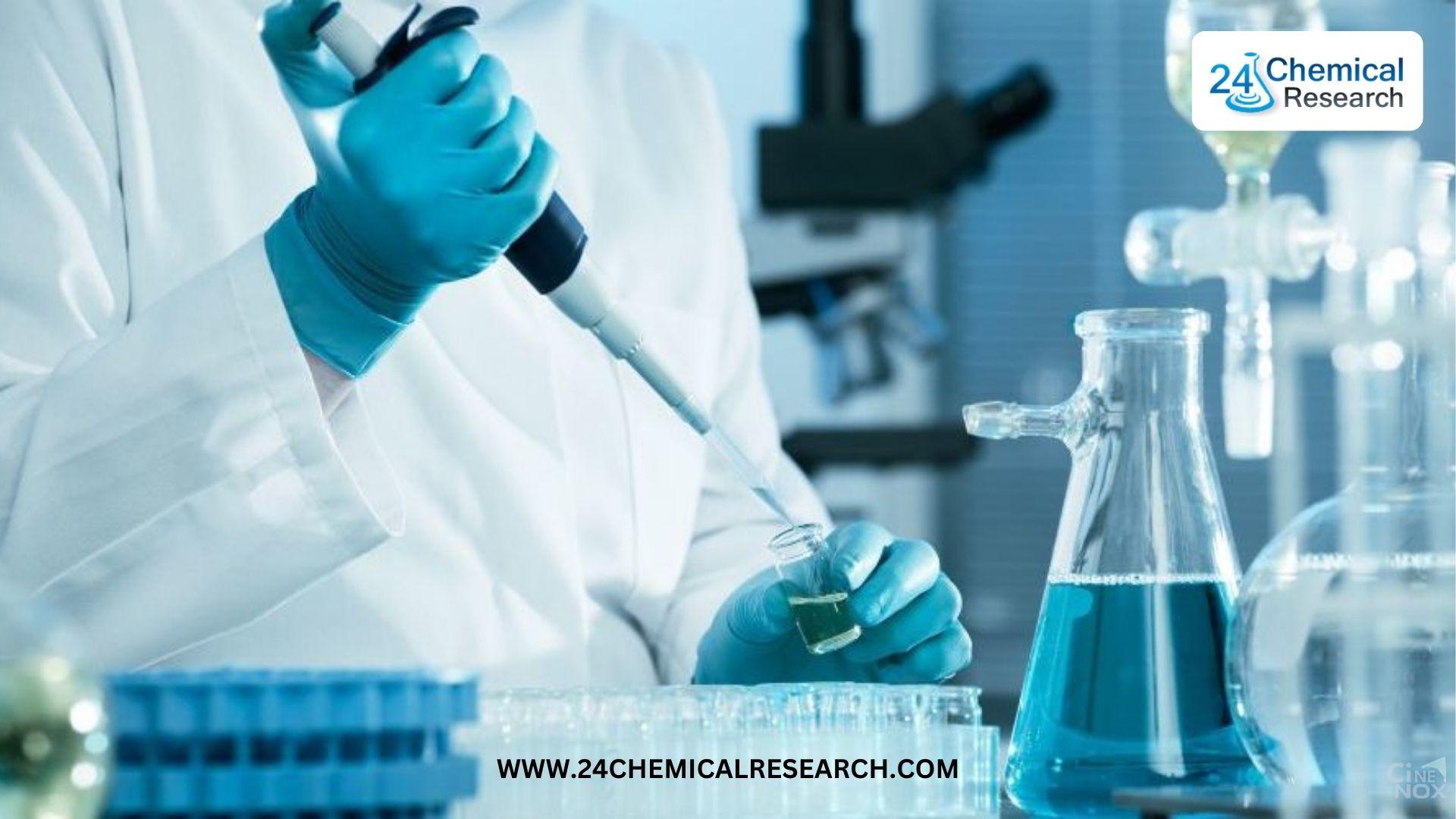The Desiccant for Electronic Equipment Market, valued at USD 496M in 2023, is projected to hit USD 881.65M by 2032 at a 6.60% CAGR, driven by IoT, EV, and miniaturization demands in Asia-Pacific's manufacturing hub
Desiccant for Electronic Equipment Market continues to expand steadily, with its valuation reaching USD 496 million in 2023. According to recent industry analysis, the market is projected to grow at a CAGR of 6.60%, reaching approximately USD 881.65 million by 2032. This growth is primarily fueled by increasing demand for moisture protection in consumer electronics, automation systems, and critical electronic components across industries.
Desiccants for electronic equipment play a vital role in preventing moisture-induced corrosion, short circuits, and component degradation. Their ability to maintain optimal humidity levels makes them indispensable in manufacturing, storage, and transportation of sensitive electronics, particularly as devices become more compact and moisture-sensitive.
Download FREE Sample Report:
https://www.24chemicalresearch.com/download-sample/290238/global-desiccant-for-electronic-equipment…
Market Overview & Regional Analysis
Asia-Pacific leads the global market, driven by strong electronics manufacturing in China, Japan, and South Korea. The region's dominance stems from both production and consumption of electronic components, with manufacturers increasingly adopting advanced desiccant solutions to ensure product quality.
North America's market, valued at USD 144.28 million in 2023, grows at a steady 5.66% CAGR, supported by stringent quality standards in aerospace and medical electronics. Europe maintains a strong position through its automotive electronics sector, while emerging markets in Latin America and Africa show accelerating growth as local electronics industries develop.
Key Market Drivers and Opportunities
The market is propelled by several key factors including the exponential growth of IoT devices, increasing miniaturization of electronics, and rising quality standards in medical and automotive electronics sectors. The booming electric vehicle market presents significant opportunities, with battery systems requiring sophisticated moisture control solutions.
Other growth areas include development of smart desiccants with humidity indicators, increasing adoption in renewable energy systems, and growing demand from data center infrastructure. The shift toward sustainable desiccant materials also opens new avenues for innovation and market expansion.
Challenges & Restraints
While the market shows strong growth potential, it faces challenges such as price pressures from commoditized silica gel products and competition from alternative moisture barrier technologies. Environmental concerns regarding disposal of traditional desiccants are prompting regulatory scrutiny, while supply chain complexities for advanced materials pose additional hurdles.
Another significant challenge is the need for continuous innovation to keep pace with evolving electronic packaging requirements and increasingly stringent industry standards for moisture protection in sensitive applications.
Market Segmentation by Type
• Silica Gel
• Clay Desiccants
• Calcium Oxide
• Molecular Sieves
• Others
Download FREE Sample Report:
https://www.24chemicalresearch.com/download-sample/290238/global-desiccant-for-electronic-equipment…
#ElectronicsDesiccant #MoistureProtection #SilicaGel #ClayDesiccants #IoTExplosion #EVBatteryGuard #AutomotiveTech #MarketBoom #CAGR66 #AsiaPacificHub #SustainableInnovation #SmartDesiccantsThe Desiccant for Electronic Equipment Market, valued at USD 496M in 2023, is projected to hit USD 881.65M by 2032 at a 6.60% CAGR, driven by IoT, EV, and miniaturization demands in Asia-Pacific's manufacturing hub
Desiccant for Electronic Equipment Market continues to expand steadily, with its valuation reaching USD 496 million in 2023. According to recent industry analysis, the market is projected to grow at a CAGR of 6.60%, reaching approximately USD 881.65 million by 2032. This growth is primarily fueled by increasing demand for moisture protection in consumer electronics, automation systems, and critical electronic components across industries.
Desiccants for electronic equipment play a vital role in preventing moisture-induced corrosion, short circuits, and component degradation. Their ability to maintain optimal humidity levels makes them indispensable in manufacturing, storage, and transportation of sensitive electronics, particularly as devices become more compact and moisture-sensitive.
Download FREE Sample Report: https://www.24chemicalresearch.com/download-sample/290238/global-desiccant-for-electronic-equipment…
Market Overview & Regional Analysis
Asia-Pacific leads the global market, driven by strong electronics manufacturing in China, Japan, and South Korea. The region's dominance stems from both production and consumption of electronic components, with manufacturers increasingly adopting advanced desiccant solutions to ensure product quality.
North America's market, valued at USD 144.28 million in 2023, grows at a steady 5.66% CAGR, supported by stringent quality standards in aerospace and medical electronics. Europe maintains a strong position through its automotive electronics sector, while emerging markets in Latin America and Africa show accelerating growth as local electronics industries develop.
Key Market Drivers and Opportunities
The market is propelled by several key factors including the exponential growth of IoT devices, increasing miniaturization of electronics, and rising quality standards in medical and automotive electronics sectors. The booming electric vehicle market presents significant opportunities, with battery systems requiring sophisticated moisture control solutions.
Other growth areas include development of smart desiccants with humidity indicators, increasing adoption in renewable energy systems, and growing demand from data center infrastructure. The shift toward sustainable desiccant materials also opens new avenues for innovation and market expansion.
Challenges & Restraints
While the market shows strong growth potential, it faces challenges such as price pressures from commoditized silica gel products and competition from alternative moisture barrier technologies. Environmental concerns regarding disposal of traditional desiccants are prompting regulatory scrutiny, while supply chain complexities for advanced materials pose additional hurdles.
Another significant challenge is the need for continuous innovation to keep pace with evolving electronic packaging requirements and increasingly stringent industry standards for moisture protection in sensitive applications.
Market Segmentation by Type
• Silica Gel
• Clay Desiccants
• Calcium Oxide
• Molecular Sieves
• Others
Download FREE Sample Report: https://www.24chemicalresearch.com/download-sample/290238/global-desiccant-for-electronic-equipment…
#ElectronicsDesiccant #MoistureProtection #SilicaGel #ClayDesiccants #IoTExplosion #EVBatteryGuard #AutomotiveTech #MarketBoom #CAGR66 #AsiaPacificHub #SustainableInnovation #SmartDesiccants






